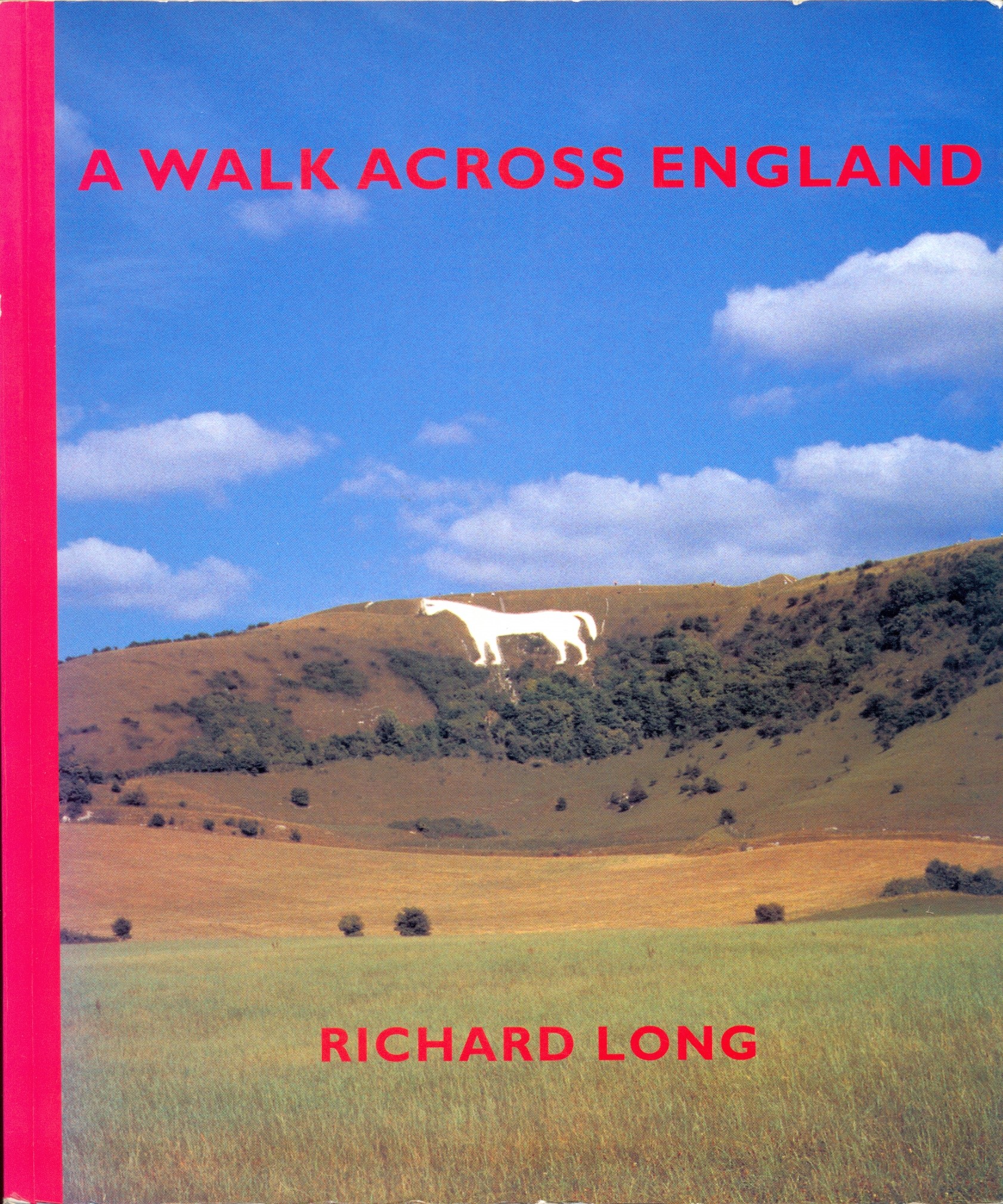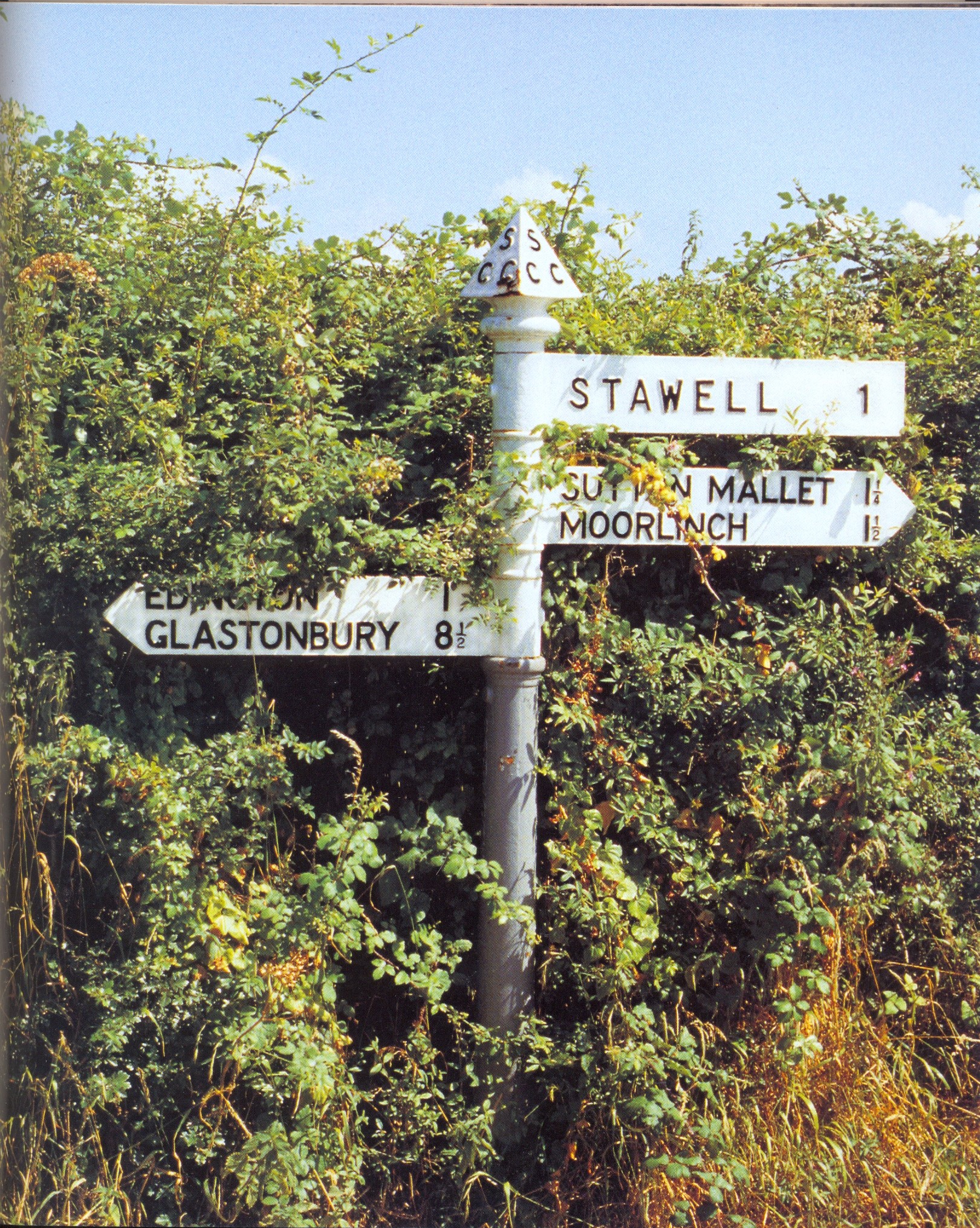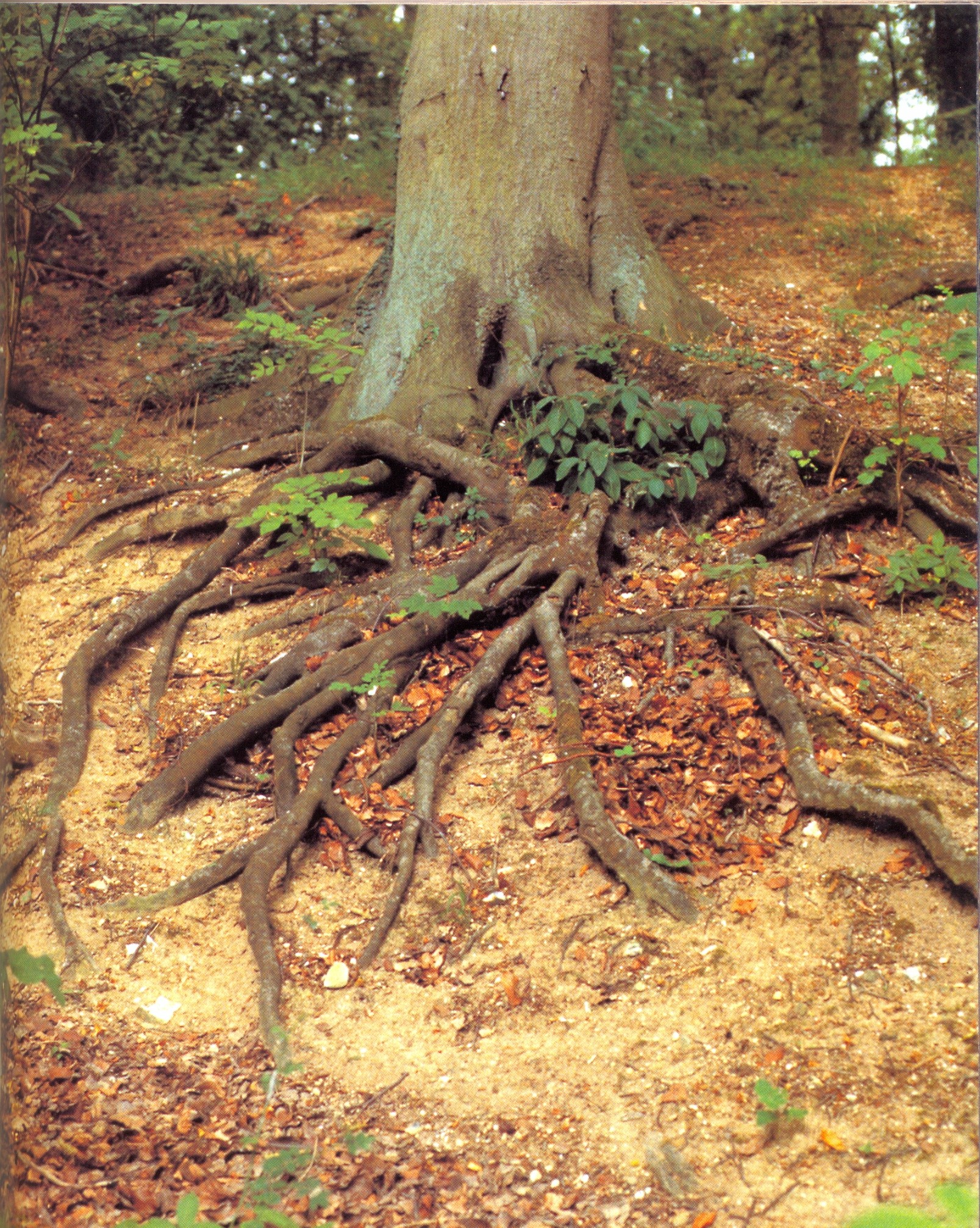
Richard Long
A Walk Across England
London, Thames & Hudson, 1997
25,5 x 22,2 x 1,7 cm.
[192] p
ISBN : 9780500279762


Richard Long
A Walk Across England
London, Thames & Hudson, 1997
25,5 x 22,2 x 1,7 cm.
[192] p
ISBN : 9780500279762



Richard Long
South America
Brest : Éditions Zédélé, 2012 [Konrad Fischer, Düsseldorf, 1972]
[36 p.]
12,8 x 12,8 cm
ISBN 978-2-915859-36-2
Publié avec le soutien de / published with the support of:
Konrad Fischer Galerie (Düsseldorf)
Centre national des arts plastiques (Cnap)
Centre d’art Passerelle (Brest)
One of the most important British artists, Richard Long is a sculptor and photographer whose work derives from walking through nature during long, often solo hikes all over the world. Since 1971, his books, generally of words and/or photographs, which he designs, keep track of his walks, more like a new work rather than reporting.
His third book, South America which is unique because of its square shape, shows only drawings: a small number of stylized motifs (sun circle, silhouette of a condor, spiral, etc) were drawn during a hike across South American with natural materials found onsite (pebbles, gold dust, etc) under circumstances that a short legend describes. These sketches are printed twice, once in positive (black on white) and once in negative (white on black), on the front and back of the same page. A connection is thus established between the drawings and photographic prints, by alluding to positive and negative images.
An unpublished text by Richard Long is inserted in the book:
‘SOUTH AMERICA’ was made on the first big overseas journey Hamish Fulton and I made together. We landed in La Paz and travelled in Bolivia, Peru and Chile for almost two months. I had pre-conceived the idea for a book, but not the particular places or images it might contain. We travelled by hitch-hiking cars and communal trucks, on buses, on trains, by taxi, and by walking and climbing. We had a free and adaptable itinerary, often changing our plans on impulse or by circumstance. This fitted the general idea for the book, so that the great variety of places for the drawings occurred naturally, by chance, along the way. It is a book about movement, time, space, luck and opportunism. I had not seen the moon ‘upside down’ before. The positive/negative printing of the drawings comes from the characteristic of Indian weaving, and the cover drawing was influenced also by the traditional patterns of the blankets etc. we saw in the local markets.
— Richard Long, Bristol, March 6, 2012
http://www.editions-zedele.net/reprint/south-america.html